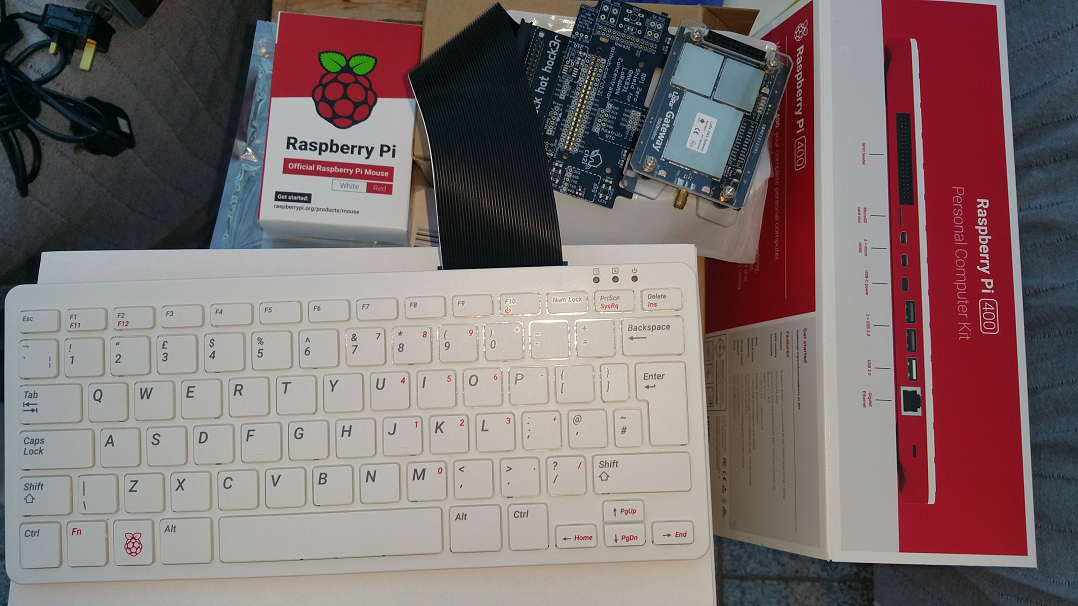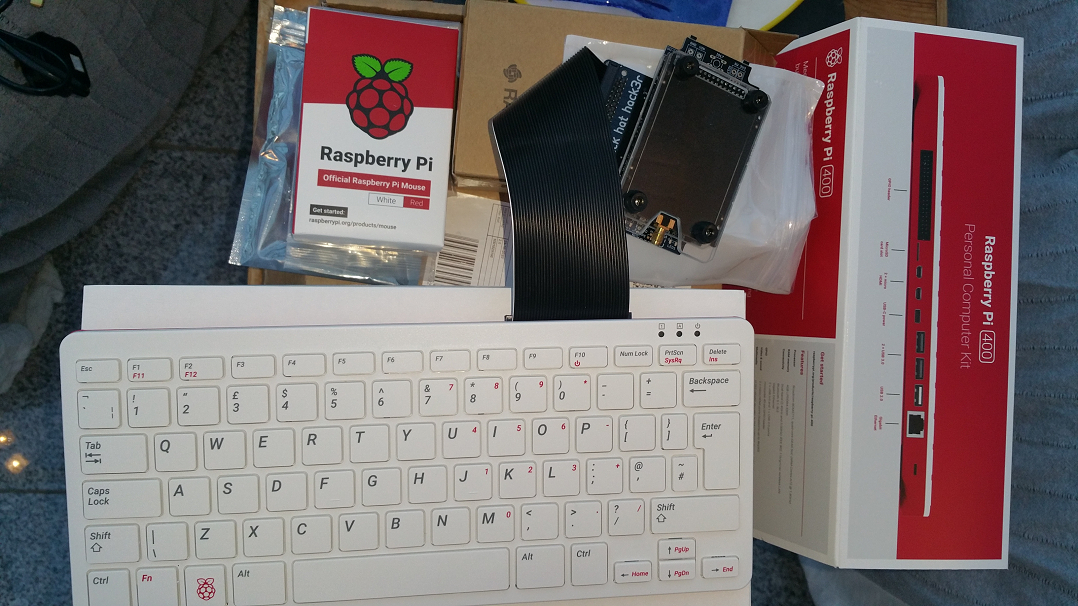With the launch of the new Raspberry Pi 400 Keyboard kit ( The LIBRARY basement part 12 ) I was scratching head thinking how to best use my new acquisitions.
Then it struck me - add 40way external cable, break out connector bd &/or interposer board such as one of those from Charles/Ch2i used previously with RPi0W’s, drop in a SX13xx concentrator card such as those from @kenyu and our friends at @rak such as this one contributed by friend of the TTN @jmarcelino and Bingo! 
An integrated GW development kit 
 - just need to break out the soldering iron and smd reflow kit
- just need to break out the soldering iron and smd reflow kit 


Guess what me and the kids will be playing with over Xmas & New Year?!